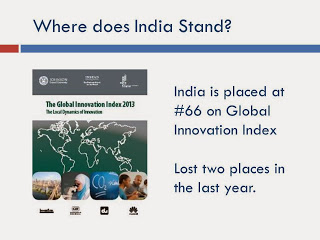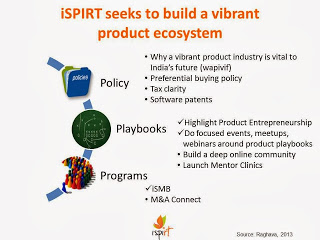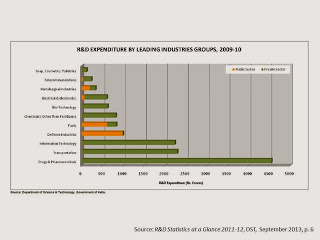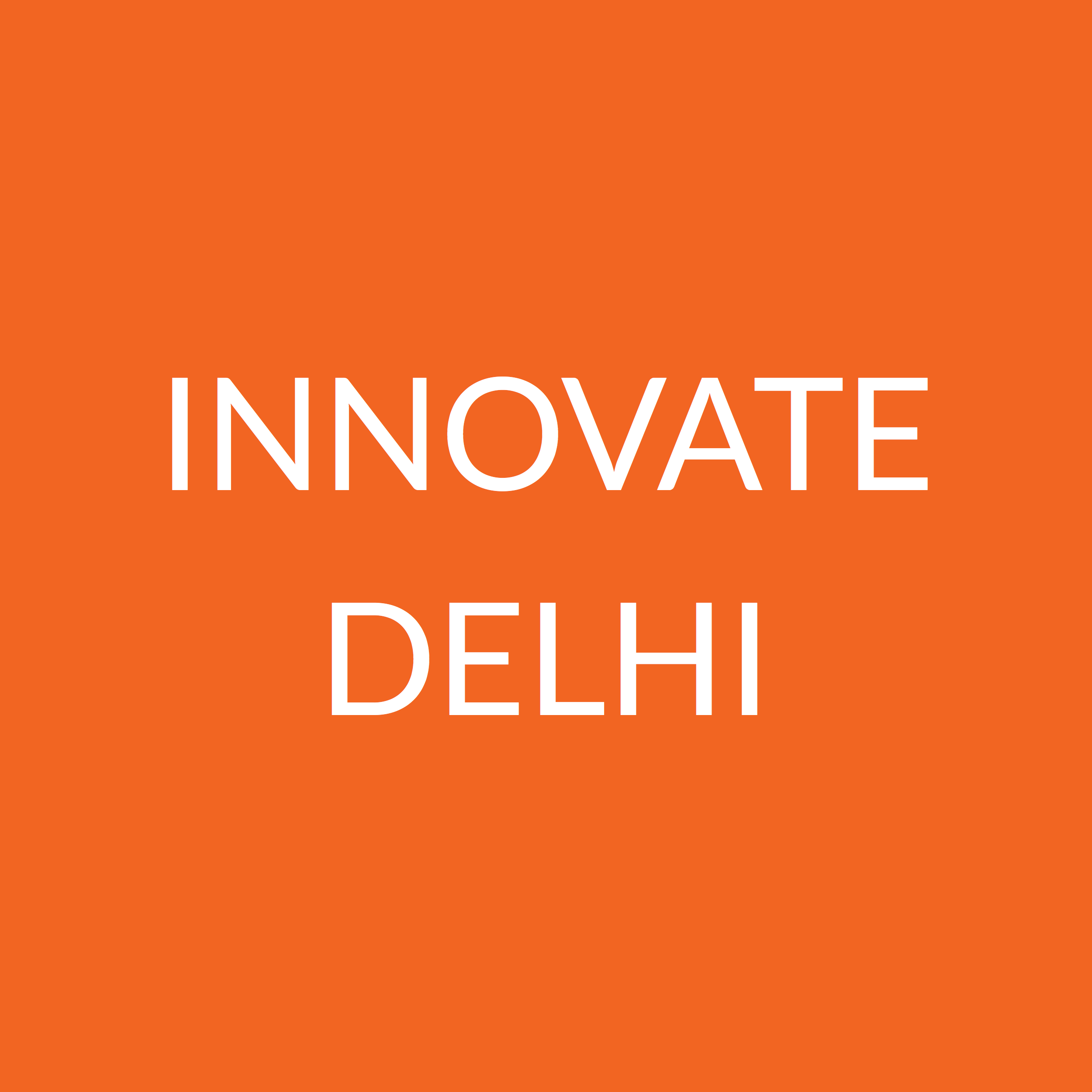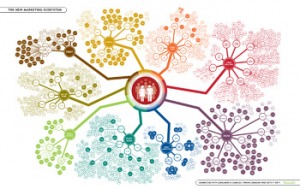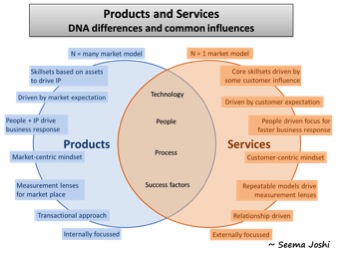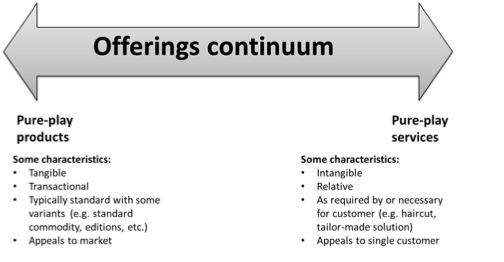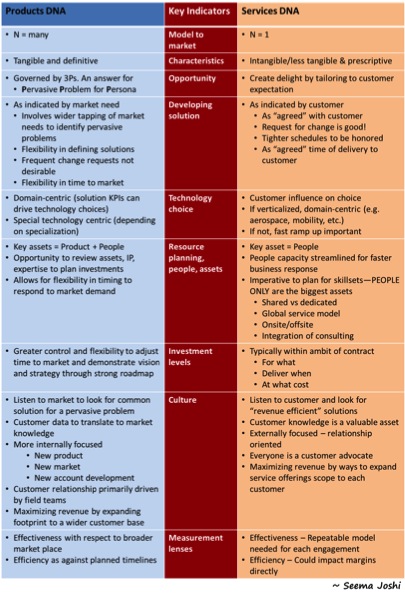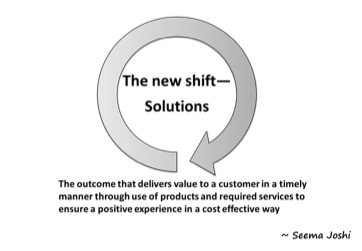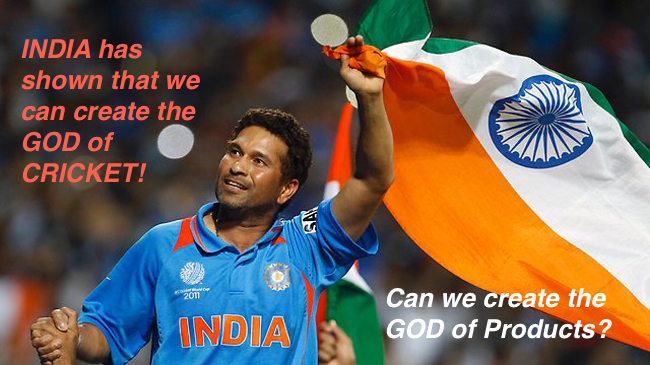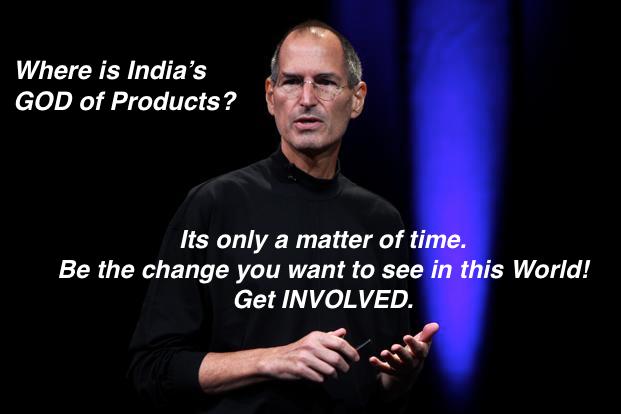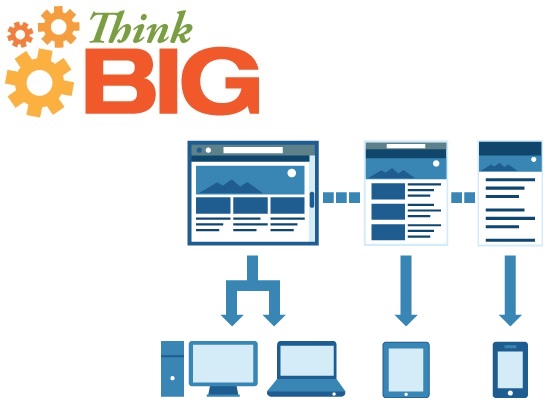I was talking to one of the CEOs of an enterprise product company who sells to CIOs of enterprise. The typical industry classification for them would be B2B, a business selling to business. When you read it that way it seems like a fairly balanced relationship between the two. However as we discussed his situation further and I learnt about the realities of what he has to go through I realized that it was not just a simple B2B but it was SmallB to BigB. He wanted to target big enterprises with at least 1000+ people, as a result he was selling to IT departments and CIO’s had to sign off on the purchase on business value basis.
In his mind my friend had a innovative product, it would lead to significant business value and cost savings and there should be a desire to make the paradigm shift. As he explained his value proposition I was convinced of the same and the thought that struck me was that he must be very successful and for sure is raking in huge bucks. To my surprise he hardly had any POC candidates let alone real customers. I was shell-shocked. After more conversations over a few beers I realized that it doesn’t matter what product or value proposition you are selling to large enterprises when it comes to SmallB selling to BigB is a huge challenge. The major reasons why it is a challenge (definitely not an exhaustive list) are:
- Getting to meet CIOs is a herculean task and to be able to navigate the murky waters of the organization before you get to them is very time consuming(and expensive). From an experience basis in most situations getting to meet them at a client’s place for start-up solutions has a 1 in 20 probability.
- There are not even a handful of events that have Indian CIO’s focused on Innovation, Most of them are very expensive when you calculate the total costs incurred by start-ups. Entry itself is north of Rs 50,000, then to add a stall and have staff there to man it and put up collateral costs upwards of Rupees. If you do not have a stall then one is left chasing people and handing them business cards – that surely does not lead to sale. You add travel and other costs to it, the costs go up so much that it is impossible for a startup like ours to participate (most events happen in Mumbai, Delhi or Goa)
- There are many other inexpensive smaller events and they promise CIOs as part of their promotion. However the reality is that mostIndian CIOs never turn up for such events and in tune they send their IT folks who generally don’t have the decision making powers.
- Assume somehow you did make contact to these CIOs and you were able to mention the value proposition and they liked it, you later need to do several trips to their head office to meet several stake holders, get all their approvals and finally get a nod to do a pilot; all such trips add up huge to your expenses
- Worse inspite of the value propositions you show, remember the tag line – you can never lose your job if you go with IBM. Even when you manage to get through that almost insurmountable barrier the progress of pilots is slow. One ends up making trips to demonstrate commitment and to push for progress on the the Pilot. Unfortunately sometimes the start-ups get play to justify other purchases as they will never pass the smell test of strong financials or references for procurement departments of large enterprises..
- On the other hand big brands have deep pockets, large sales force, strong reseller base and reach out to these clients easily. The clients find it easier to trust them due to their relationships and safety trumps agility and foundation of innovation of startups.
If these are a sample of challenegs that you have to go through to try to get a Pilot then imagine the travails of having international clients take you seriously. Imagine trying to do all of the above for potential Global customers. Also one of the situations he ran across was people in the Indian IT departments advising him to try and get some global customers for credibility.. It seems contrary to the saying that says win at home first to win outside! –To be able to do the same would require significant funding or leap of faith! Interestingly some of the VC’s loved his product and were ready to invest but with a caveat – they say can you possibly get some Pilots in US and demonstrate success there – – WHAT????
Just a return ticket to Mumbai and a couple of days stay costs me more than 25K and these people are talking about attending CIO events in USA and then doing pilots in the US market. Interestingly attending CIO events in USA is not cheap and most of the big ones there (Evanta, HMS, CIO Summit etc.) require vendors to pay hefty sponsorships (starting at US$20,000 to attend)Does this mean that SmallB with small budgets should just not have the vision to build enterprise products even if they have the ideas to solve some of the pressing problems?
Wish there was a way to enter bigger markets that were more focused on innovation and were willing to try out new ideas to make a big difference. . Wish there was a way to showcase to Global CIOs in a manner that did not mean dipping into all the savings in one trip. Keep wishing…
Thankfully I got to meet another CEO of a successful product company from India who passed this litmus test. He was a case in point that a SmallB can actually sell to BigB. Today his revenues are upwards of $100M but it takes time, patience & money. He achieved it by doing services on the side and investing that money into marketing the product. His mantra is, there is no shortcut for a SmallBto sell into BigB. You have to spend quality time with CIOs who are willing to see the vision of the start-ups and drive decision making to make things happen. Face time and getting early customers is the trick and he concluded by saying that SmallB selling to BigB is where the real money is 🙂
That’s when I ran into InTech50. They are bringing 25 Global CIOs and 25 Indian CIOs , Product M&A folks, VC’s and media all under a single roof. They are also bringing the entourage to Bangalore and will utilize their skills and knowledge to select the 50 that get to be at the event to present to them. In effect they have already expressed an interest in your company if you are selected to be there. There is no cost to apply!
I think we – the enterprise product companies from India should grab this opportunity and make every effort so that we make it to the list.
Would love to hear comments form entrepreneurs who are playing in the enterprise product selling into big enterprises.





